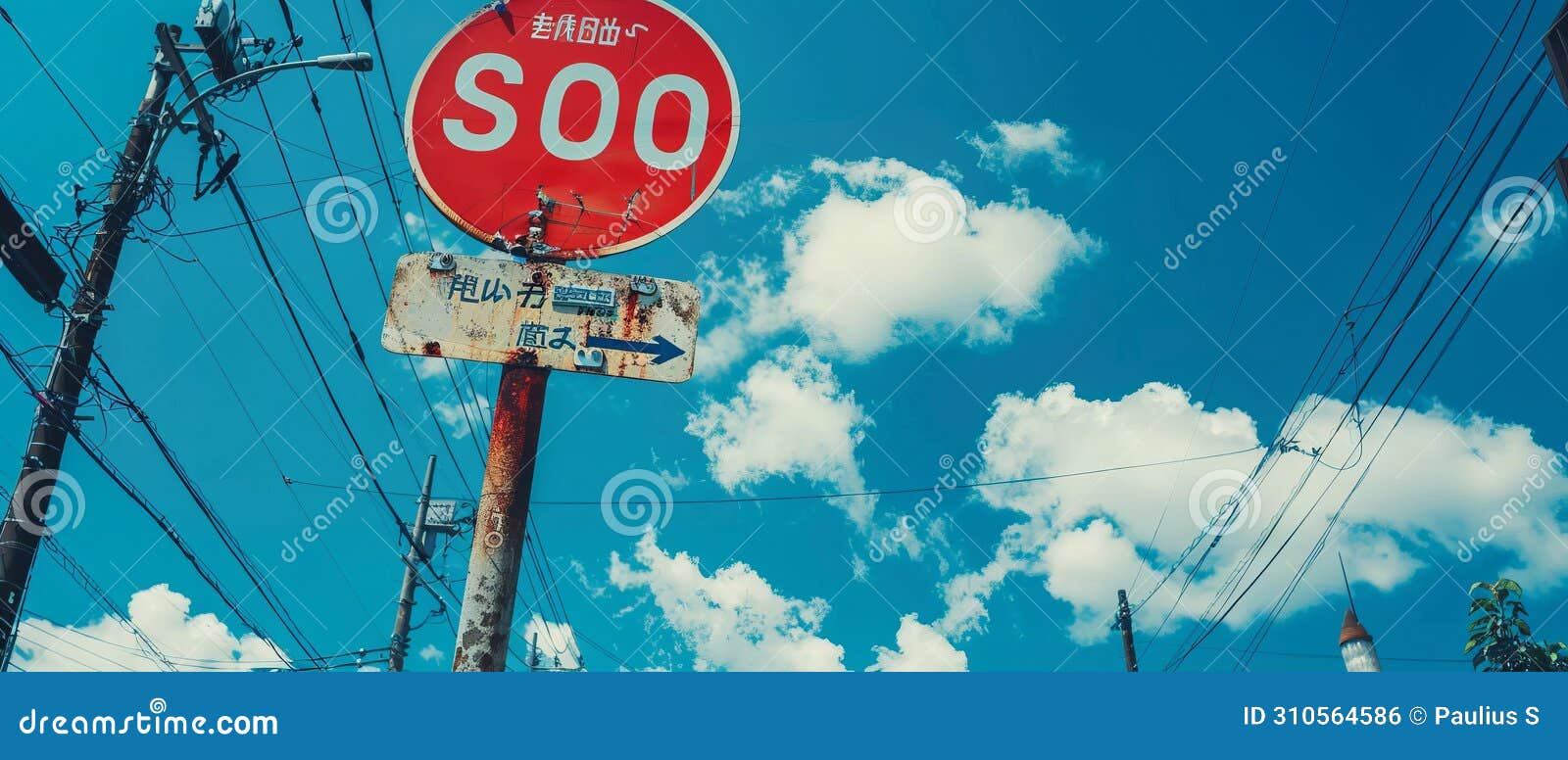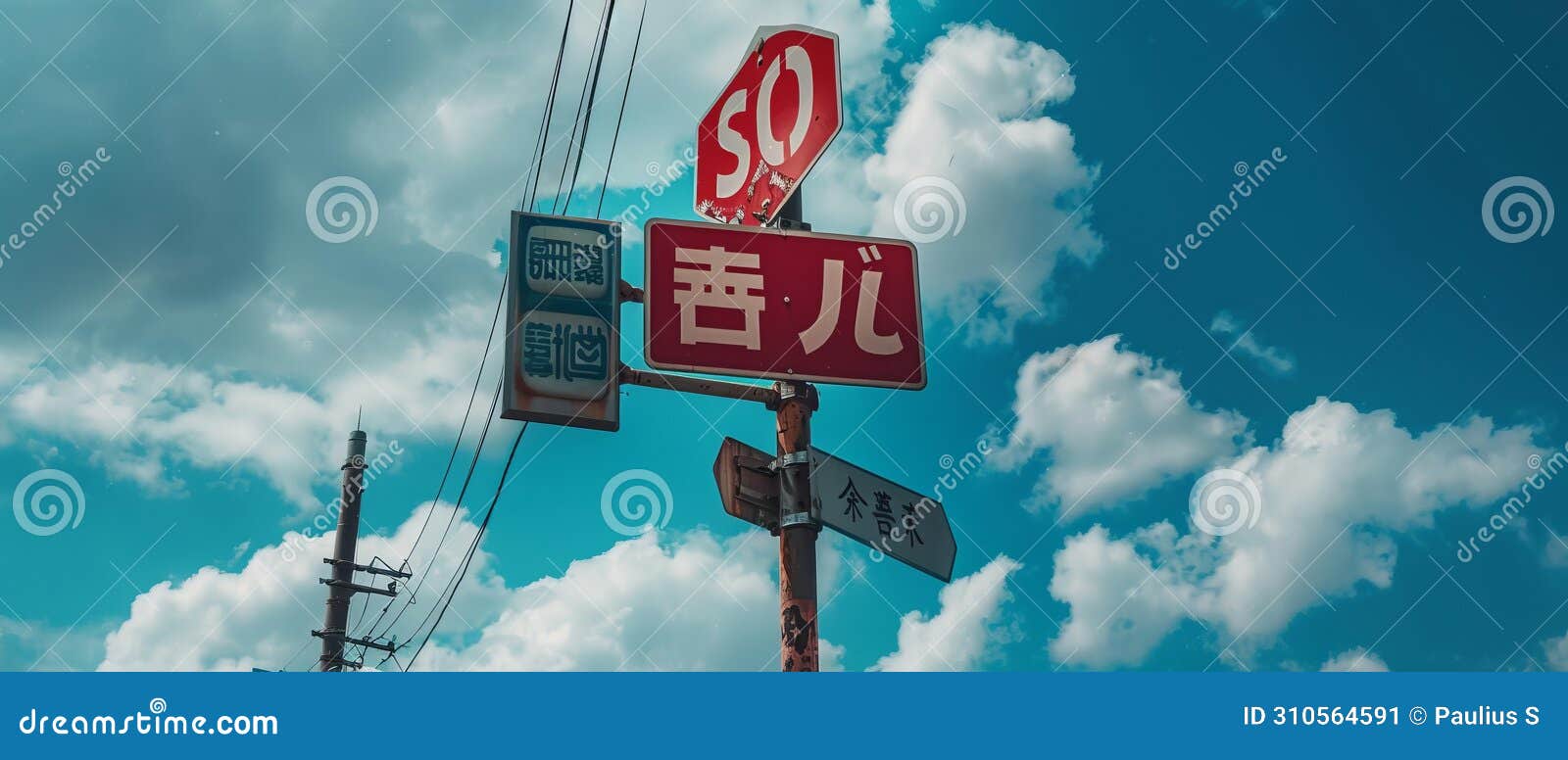Understanding the word "stop" in Japanese is essential for anyone looking to enhance their language skills or communicate effectively with Japanese speakers. Whether you're a traveler, a language enthusiast, or a professional, knowing how to use "stop" correctly in various contexts can make a significant difference in your conversations. This article will explore everything you need to know about the Japanese translation of "stop," including its various forms, cultural implications, and practical applications.
Learning a new language can be challenging, but it's also incredibly rewarding. Japanese, with its unique writing systems and rich cultural background, offers a fascinating journey for language learners. One of the fundamental words you'll encounter is "stop," which has multiple translations depending on the context. By the end of this article, you'll have a comprehensive understanding of how to use "stop" in Japanese and why it matters.
Before diving into the details, it's important to recognize that language learning is not just about memorizing words; it's about understanding the nuances and cultural significance behind them. The word "stop" in Japanese is no exception. From transportation signs to polite requests, this word plays a crucial role in everyday communication. Let's explore this topic in-depth to ensure you're equipped with the knowledge you need.
Read also:Kim Kardashian Implants Everything You Need To Know About Her Transformation
Table of Contents
- Introduction to Stop in Japanese
- Basic Translation of Stop
- Variations of Stop in Different Contexts
- Cultural Significance of Stop in Japan
- Stop in Japanese Writing Systems
- Common Uses of Stop in Japanese
- Examples of Stop in Sentences
- Subtleties in Translating Stop
- Tips for Learning the Word Stop
- Conclusion
Introduction to Stop in Japanese
Why Learning Stop is Important
Learning the word "stop" in Japanese is crucial for anyone planning to visit or live in Japan. The word appears frequently in daily life, from road signs to public transportation announcements. Understanding its various forms and meanings ensures smoother communication and a deeper appreciation of Japanese culture.
Basic Translation of Stop
Stop in Hiragana and Katakana
The most common translation of "stop" in Japanese is "ストップ" (sutooppu), written in katakana. This term is often used in casual conversations and modern contexts. In more formal settings, you may encounter "止まる" (tomaru), which means "to stop" when referring to actions or movements.
Variations of Stop in Different Contexts
Stop in Transportation
In the context of transportation, "stop" is frequently used to indicate bus or train stops. The word "停留所" (teishōjo) refers to a bus stop, while "駅" (eki) denotes a train station. Understanding these terms is vital for navigating Japanese cities efficiently.
- Bus Stop - 停留所 (teishōjo)
- Train Station - 駅 (eki)
Cultural Significance of Stop in Japan
Politeness and Etiquette
In Japanese culture, politeness plays a significant role in communication. When asking someone to stop an action, it's customary to use polite forms such as "やめてください" (yamete kudasai), which translates to "please stop." This approach reflects the importance of respect and consideration in Japanese interactions.
Stop in Japanese Writing Systems
Kanji, Hiragana, and Katakana
The Japanese language uses three writing systems: kanji, hiragana, and katakana. The word "stop" can appear in all three forms, depending on the context. For example, "止" (kanji) represents the concept of stopping, while "ストップ" (katakana) is the phonetic transcription of the English word.
Common Uses of Stop in Japanese
In Daily Conversations
Here are some common ways the word "stop" is used in daily Japanese conversations:
Read also:Bryton Myler Gf Age Everything You Need To Know About His Relationship And Personal Life
- ストップ! (Sutooppu!) - Stop!
- 止めてください (Tomete kudasai) - Please stop.
- やめる (Yameru) - To quit or stop doing something.
Examples of Stop in Sentences
Practical Sentence Structures
Understanding how to incorporate "stop" into sentences is key to mastering its usage. Here are a few examples:
- バスが停留所で止まりました。 (Basu ga teishōjo de tomarimashita.) - The bus stopped at the bus stop.
- その音をやめてください。 (Sono oto o yamete kudasai.) - Please stop that noise.
- ストップサインを出してください。 (Sutooppu sain o dashite kudasai.) - Please show the stop sign.
Subtleties in Translating Stop
Context Matters
Translating "stop" into Japanese requires attention to context. For instance, "stop" in the sense of halting an action differs from "stop" as in a bus stop. Always consider the intended meaning and choose the appropriate Japanese equivalent.
Tips for Learning the Word Stop
Practical Learning Strategies
To effectively learn the word "stop" in Japanese, consider the following tips:
- Practice using "stop" in different contexts through role-playing exercises.
- Study the kanji, hiragana, and katakana forms to broaden your understanding.
- Engage with native speakers to gain insights into real-life usage.
Conclusion
In conclusion, mastering the word "stop" in Japanese involves understanding its various forms, cultural implications, and practical applications. Whether you're traveling to Japan or expanding your language skills, knowing how to use "stop" effectively can enhance your communication abilities. We encourage you to practice regularly and explore further resources to deepen your knowledge.
Feel free to leave a comment below if you have any questions or additional tips to share. Don't forget to check out our other articles for more language learning insights. Together, let's continue our journey toward fluency and cultural understanding!
Data sources: JLPT Sensei, Tofugu, Nihongo Ichiban.


